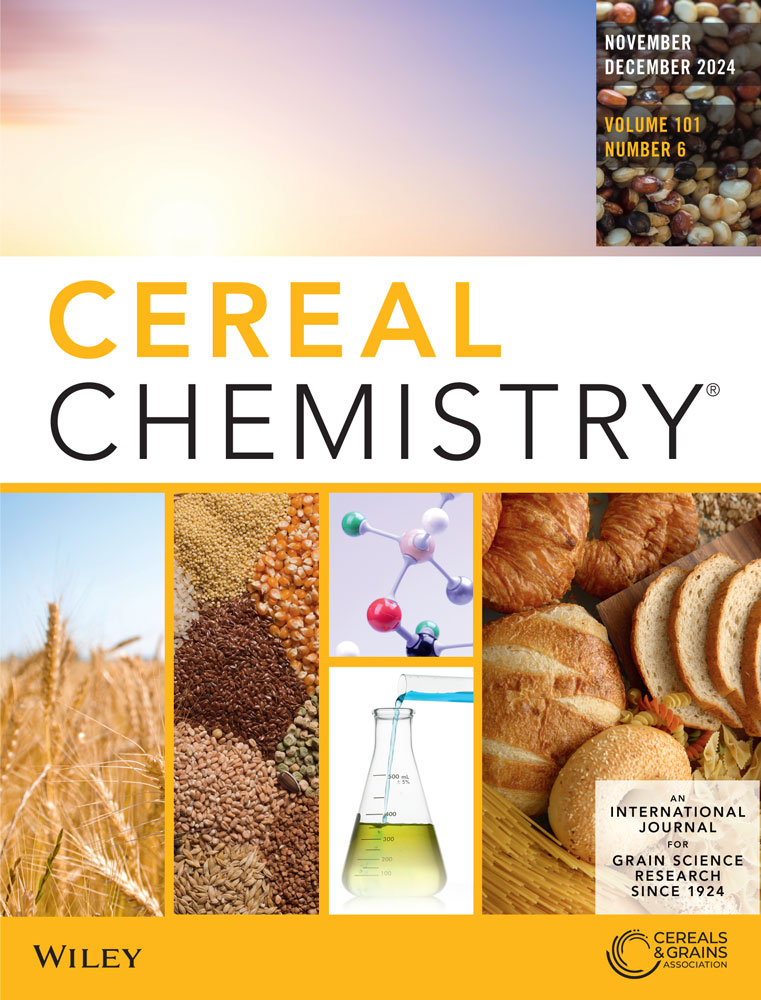Physicochemical, Morphological, and Digestibility Properties of Round and Wrinkled Pea Starches
Abstract
Background and Objectives
Pea protein isolation results in a significant amount of starch-rich byproduct. Efficient utilization of this byproduct can be crucial for economic feasibility of protein isolation process. In this study, we examined the physicochemical, morphological, and digestibility properties of starches derived from round and wrinkled peas grown across three locations (Pullman, WA; Richland, MT; and Sidney, MT) in 2023.
Findings
Our findings showed that wrinkled pea flour had higher protein, but lower starch concentration compared to round pea flour. The starch from wrinkled peas contained a higher amylose concentration than that from round peas (60% vs. 29%). When subjected to a Rapid Visco Analyzer (RVA) test at 95°C, round peas demonstrated well-defined pasting profiles with higher final viscosity, while wrinkled peas exhibited minimal swelling and viscosity development. At 140°C, wrinkled peas displayed significant granular swelling and viscosity development, with variety PLS 595 showing the highest final viscosity among the wrinkled pea lines. Round peas had lower pasting temperatures, which is a minimum temperature to cook starch, by at least 40°C compared to wrinkled peas. The round peas formed stronger gels. Cluster analysis grouped round and wrinkled peas into two distinct clusters. The recorded parameters were also clustered into groups. Parameters in the same group were positively correlated while parameters from the different groups were negatively correlated. Wrinkled peas exhibited higher early-stage digestibility, but comparable total digestible starch after 4 h of digestion compared to round peas. The resistant starch concentration was slightly lower in wrinkled peas compared to round peas. Scanning electron microscopy (SEM) revealed distinct granular morphologies: round peas had simple granules, while wrinkled peas had compound granules.
Conclusions
The study highlights significant differences between round and wrinkled peas in terms of their starch properties.
Significance and Novelty
The findings suggest potential for targeted use of these starches based on their unique properties. Utilization of starch-rich byproducts has an important implication on the overall economic viability and sustainability of pea protein isolation processes.


 求助内容:
求助内容: 应助结果提醒方式:
应助结果提醒方式:


